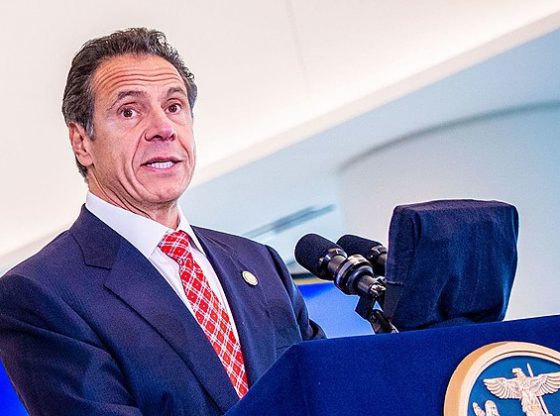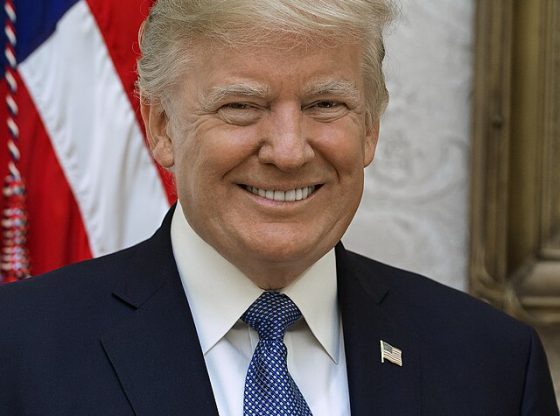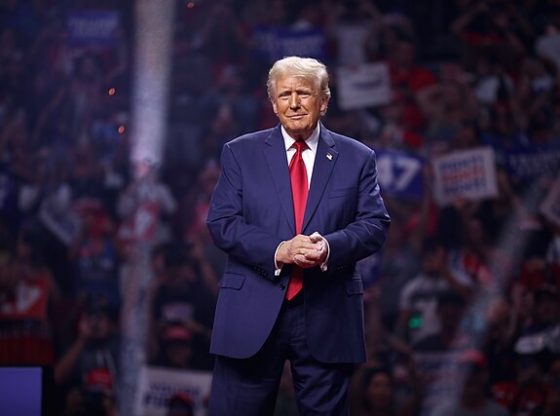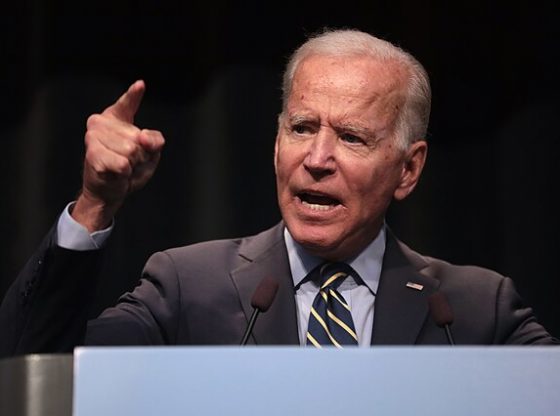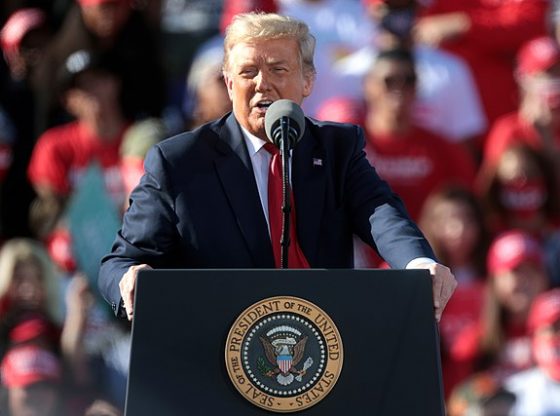Oil and gasoline prices are rising now, just in time to become an issue for the 2024 presidential election campaign.
The U.S. domestic price for West Texas Intermediate topped $86 per barrel in Friday trading, while the international Brent index briefly hit $91 before dropping slightly below that level.
These are the highest prices for crude oil recorded since last October, and they are also impacting the price for gas at the pump in the U.S. AAA reports that the average price for a gallon of regular gas is at a 2024 high of $3.58. OilPrice.com reported Friday that the wholesale gas price stood at $2.79, up 78 cents since the first of the year, a 35% increase across the first 95 days of 2024.
Gas prices at the pump always rise to some extent this time of year as refiners must make the change over from manufacturing winter blends of fuels to summer blends to be in compliance with EPA haze-reduction regulations. March and April are also times when many refineries temporarily go offline for periodic maintenance and repairs, and the combination of these two activities adds to refining and distribution costs that get rolled into retail gasoline prices.
For the party in power, a rising gas price is always a troublesome issue to deal with during an election year. For the Biden administration, this becomes an even bigger problem than usual in 2024. In its efforts to hold gas prices down in advance of the 2022 midterm elections, the White House already pretty much used up its main tool to at least provide the illusion of “doing something” to address the issue when it chose to drain about 250 million barrels of oil out of the country’s Strategic Petroleum Reserve. This completely inappropriate abuse of the SPR, a national security tool, dropped its volume to around 340 million barrels–just 17 days of U.S. needs, the lowest level in over 40 years.
The White House and Energy Secretary Jennifer Granholm have since slow-played their sporadic efforts to refill the SPR, adding back just a little more than 20 million barrels in the past 18 months. Just this week, Granholm announced the cancellation of a planned solicitation for bids to add back another 3 million barrels due to the rising price of crude.
Now, with the U.S. already involved in two separate wars in Europe and the Middle East, and China ramping up its saber rattling towards Taiwan, America can ill-afford further abuse of the SPR for another crass political exercise. The existence of these wars, their potential for escalation, and rumors of more wars on the horizon has dramatically increased geopolitical risk, another factor behind the rising price of crude.
This reality leaves the White House with few other tools at its disposal. Also, this week, the OPEC+ cartel reaffirmed its commitment to the limitations on crude exports it has honored since last fall, so U.S. drivers can expect no supply relief there. In addition to all that, the Energy Information Administration recently said it believes US domestic oil production has now leveled off after a very healthy increase during 2023. But global demand for crude oil continues to rise at an accelerating pace despite the best efforts by the climate-alarmist movement to kill it.
Barring a demand-killing global recession suddenly materializing, there is little reason to believe oil prices will cease rising anytime soon. This means U.S. consumers can expect the cost for gasoline to keep rising apace with summer driving season just around the corner.
I and many others warned repeatedly during 2022 that Biden’s political raid on the SPR would diminish U.S. energy security and leave American drivers defenseless in the face of future oil supply shortages. And now, just two years later, here we are, with the chickens coming home to roost.







